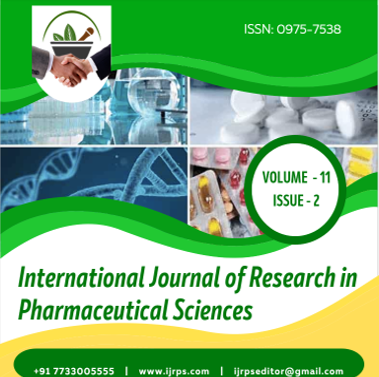Abstract
Acute leukemia is often regarded as a popular malignancy affecting children. Noticeable enhancements in the treatment of childhood acute lymphoblastic leukemia, as well as acute myeloid leukemia have resulted in an upsurge in the cure rates. Presently, 80% of the children affected by acute lymphoblastic leukemia and 50% of those affected by acute myeloid leukemia can benefit from long-term remission. However, salvage routines have been very poor in some cases. Some of these cases include those that entail primary refractory disease, multiple relapses, as well as early systematic relapse. Relapsed leukemia is the fourth most popular malignancy affecting children, and there is need to develop novel therapeutic alternatives that can cater for this primary group of patients. With this perspective in mind, clofarabine remains to be the original and only anticancer drug that was certified for use in children and has been in use for over 10 years even before it was actually used in adults. There is need to include clofarabine in reduced-intensity conditioning (RIC) allogenic hematopoietic stem cell transplantation (HSCT) in the treatment of severe leukemia. Such an inclusion could possibly enhance the treatment outcomes. It is also necessary to design research that can examine the outcome of clofarabine based regimen as bridge therapy to stem cell transplant in young patients with refractory or relapsed leukemias.
Full text article
Authors

This work is licensed under a Creative Commons Attribution-NonCommercial-NoDerivatives 4.0 International License.

